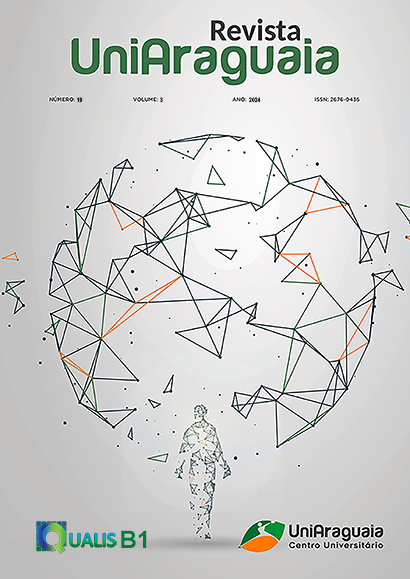DESENVOLVIMENTO DE ALGORITMO EM PYTHON PARA ANÁLISE DE ESTRUTURAS DE GRELHA
Abstract
Structural engineering plays a fundamental role in the design and analysis of structures that meet rigorous safety and efficiency standards. In this context, the application of numerical methods, such as the Direct Stiffness Method, becomes essential for structural idealization and analysis. In this context, the purpose of the present study is to develop a code in Python programming language based on the Direct Stiffness Method, capable of accurately determining deformations, support reactions and internal efforts of grid structures in the linear elastic regime. The algorithm developed at the end of the study demonstrates effectiveness, producing satisfactory results that are comparable to data found in the literature or generated by manual calculations of structural analysis of structural grid systems. In order to validate the algorithm, some examples of grids subjected to different types of loads, boundary conditions and connections are presented, with the aim of comparing the results obtained through the developed code with those coming from manual calculations and from other authors of the same field. thematic area.
Downloads
Published
Issue
Section
License

This work is licensed under a Creative Commons Attribution 4.0 International License.
The copyright of the published articles will be transferred to the Uniaaraguaia Magazine, allowing its subsequent reproduction as transcription and with due citation of source. In the event of acceptance and before the publication of the article, the plaintiff (s) shall write a statement formally transferring copyright to the magazine.
The author may also print and distribute copies of his article, provided that he mentions that the rights belong to the Uniaaraguaia Magazine.
Author rights include the right to reproduce in full or partly by any means, distribute this article, including figures and photographs.
By submitting originals to the Uniaaraguaia magazine, the author or authors express agreement with the following terms:
a) Authors maintain copyright and grant Uniaraguaia magazine the right of first publication, with the work simultaneously licensed under the Creative Commons Attribution license that allows the sharing of work with recognition of the authorship and initial publication in this magazine.
b) Authors are authorized to assume additional contracts separately, for non-expiration distribution of the work version published in this magazine (eg publish in institutional repository or as book chapter), with recognition of authorship and initial publication in this journal.
c) Authors are allowed and are encouraged to publish and distribute their work online (eg in institutional repositories or on their personal page) to any point before or during the editorial process, as this can generate productive changes as well as increase the impact and citation of published work.

